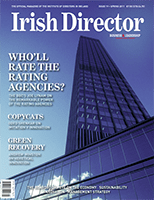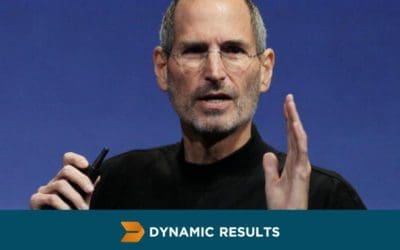
Enhancing Leadership Development Skills for Emotional Safety in the Workplace
The Importance of Accountability in Leadership
Dr. Colm Foster, a Senior Associate at Dynamic Results and co-author of “Step Up: Lead in Six Moments That Matter,” highlights the critical role of accountability in leadership development skills. As leaders ascend the organizational chart, their responsibility increases, but their direct accountability often diminishes. Foster, alongside his colleague Henry Evans, emphasizes the need for leaders to self-generate accountability to enhance their effectiveness and foster a culture of emotional safety in the workplace.
Navigating Leadership Challenges with Emotional Intelligence
The journey to becoming an effective leader involves recognizing and embracing the doubts and uncertainties inherent in leadership roles. Real leaders distinguish themselves not by the absence of these feelings but by their commitment to decisive action amidst uncertainty. This approach is rooted in emotional intelligence and the understanding that leadership effectiveness is significantly enhanced when leaders openly communicate their commitments and actions, setting a precedent for their teams.
Strategies for Self-Generating Accountability
Foster and Evans advocate for specific strategies to self-generate accountability among leaders. One such approach involves proactively communicating one’s commitments to key stakeholders, thereby inviting external accountability and fostering a healthy nervousness conducive to high performance. This practice not only clarifies leaders’ priorities but also encourages transparency and open communication within the organization.
Creating Emotional Safety in the Workplace
The ultimate goal of integrating accountability and emotional intelligence into leadership development skills is to create an environment of emotional safety. Leaders are encouraged to cultivate a space where team members feel comfortable sharing challenges, mistakes, and feedback without fear of retribution. This environment of emotional safety is crucial for fostering innovation, improving performance, and enhancing employee retention.
—
Leaders and organizations committed to developing sophisticated leadership skills and fostering emotional safety are invited to explore our comprehensive leadership development solutions. Or contact us directly to learn how our expertise in accountability and emotional intelligence can transform your leadership approach and organizational culture.
As always, we welcome your comments and encourage you to connect with us on LinkedIn to share your experiences in leadership development and emotional safety.



